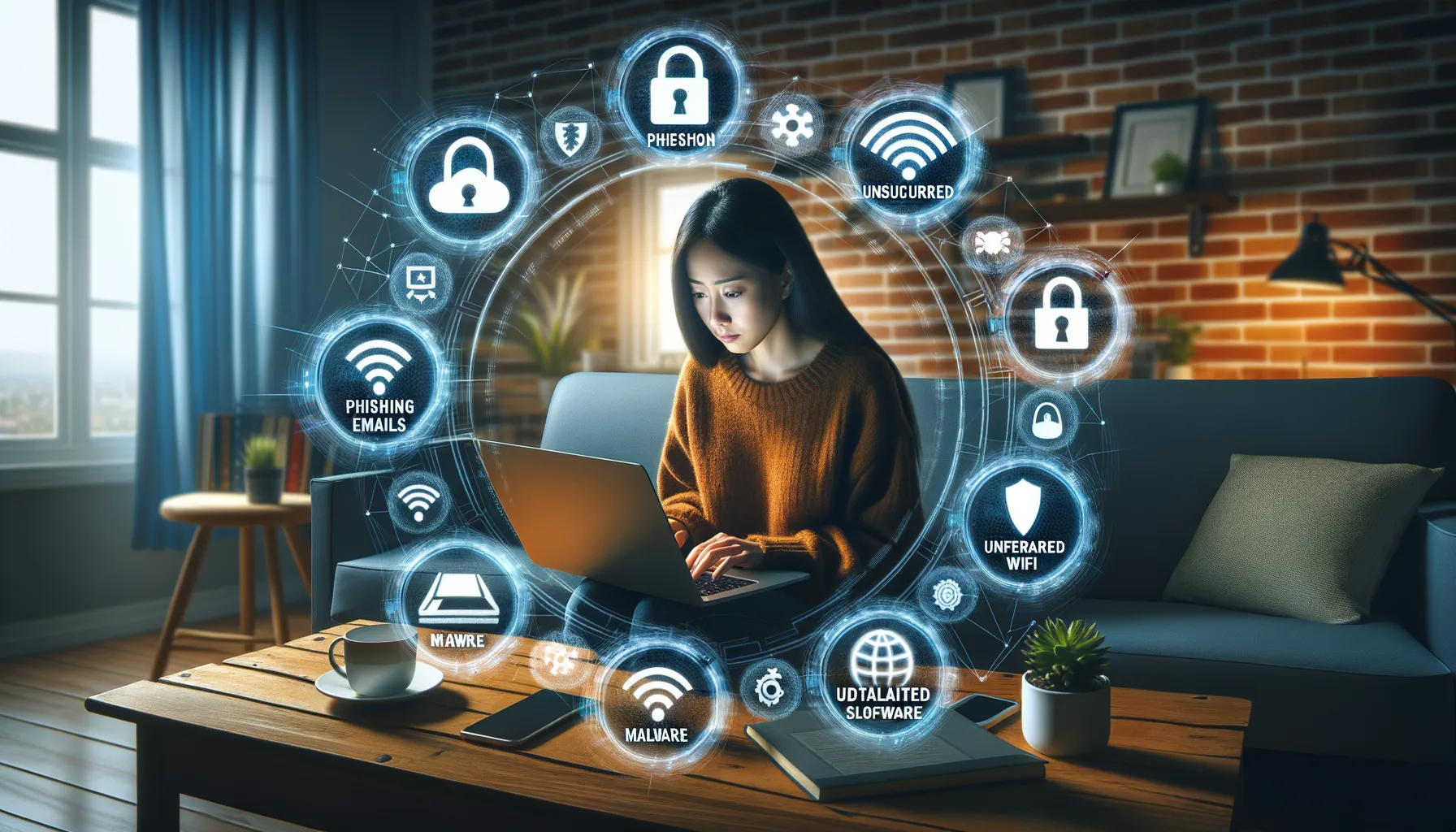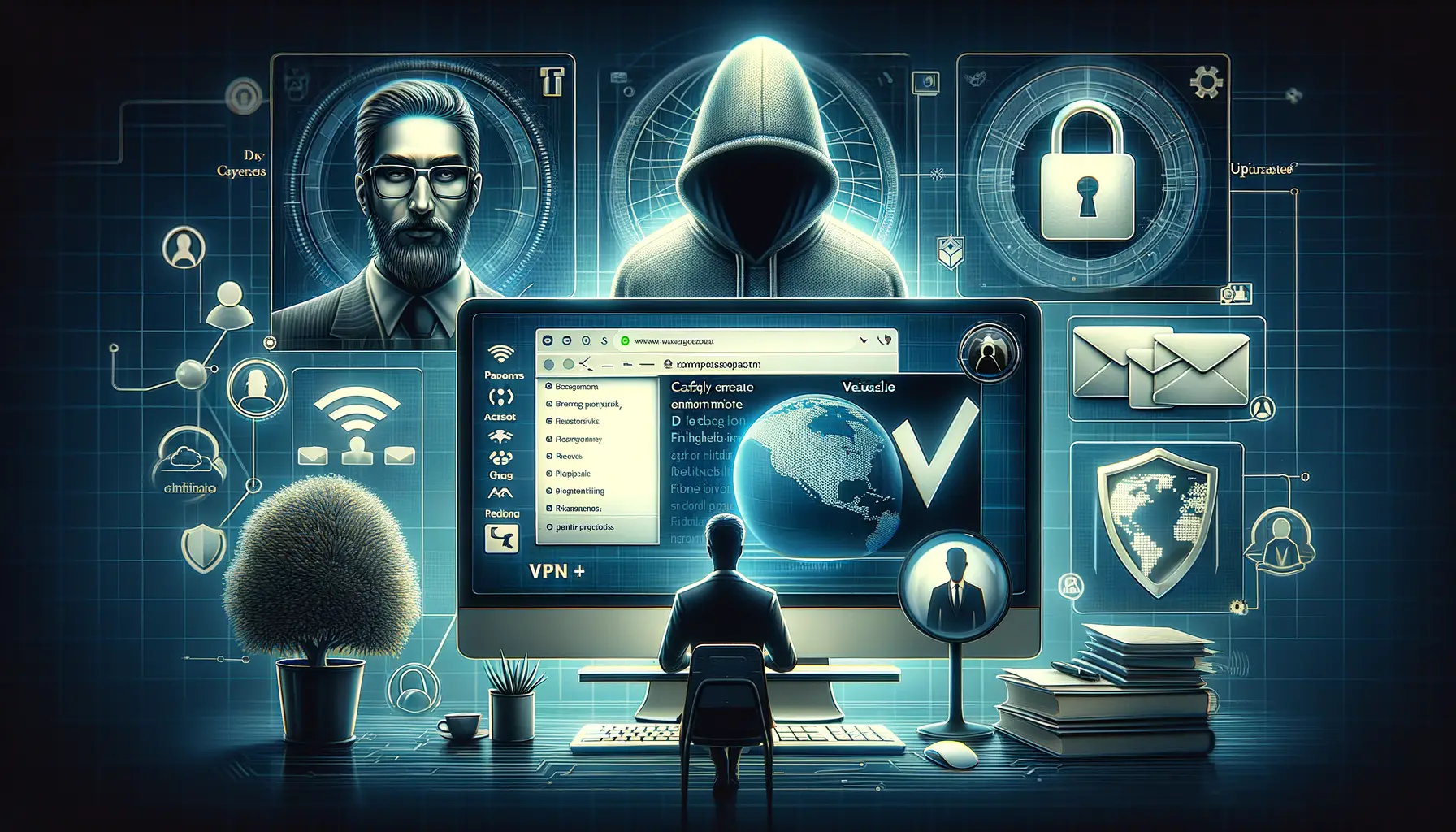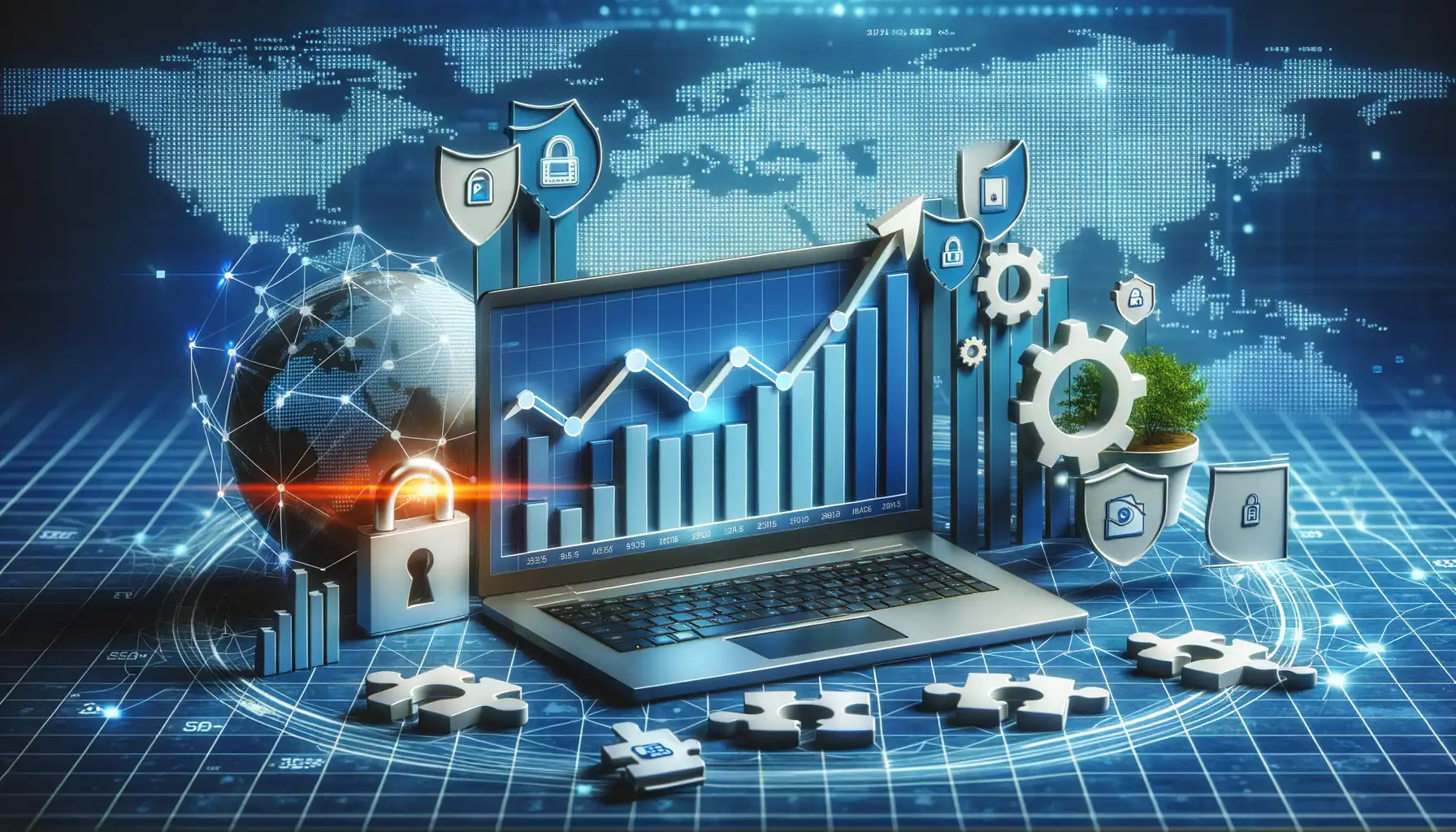Understanding the Importance of Cybersecurity for Remote Work
Why Cybersecurity is Your Digital Shield
Picture this: you’re sipping coffee at your kitchen table, rocking your comfiest pajamas, finishing up an important client presentation. Sounds perfect, right? But lurking in the background could be a silent intruder—*not* a nosy neighbor but a cybercriminal. Remote work opens doors to collaboration and flexibility, but it can also open virtual windows for bad actors if you’re not vigilant.
Here’s the truth: working remotely means your home Wi-Fi, personal devices, and even that tempting café hotspot are all part of your company’s digital landscape. Without strong cybersecurity, you might as well leave your front door wide open with a neon “Come on in!” sign for hackers.
Think of cybersecurity as armor—not just protecting you, but also shielding your coworkers, clients, and organization. It’s not just *tech stuff*. It’s trust. Trust in the systems we use and the people we share information with. Wouldn’t you rather have peace of mind than face the regret of being digitally unguarded? Safeguard your work like your most treasured possession—it’s easier than you think.
Top Cybersecurity Threats Faced by Remote Workers

Why Remote Work Attracts Cyber Threats
Imagine you’re working peacefully in your cozy home office, coffee steaming by your side – but on the other end of your Wi-Fi, a cybercriminal might be plotting their next move. Why? Because remote workers can unintentionally create the perfect storm for security vulnerabilities. Here’s why these threats love targeting people like us:
Underestimating Cybersecurity Can Be Costly
Picture this: you click on what looks like a harmless file. Suddenly, everything slows down, files vanish, or worse – your entire team now faces ransomware. This isn’t a dystopian movie plot; it’s happening daily. Many attackers bank on remote workers underestimating the sophistication of modern-day scams.
The solution? Awareness is key. In this unpredictable digital jungle, knowing how to spot threats is your first line of defense.
Essential Cybersecurity Practices for Individuals

Mastering Your Digital Fortress: Simple Steps That Matter
Protecting your personal devices is like locking the doors to your home—simple, often overlooked, but crucial. If you’re working remotely, your laptop, phone, and even your smartwatch become gateways to sensitive company data. Let’s start with the digital equivalent of a deadbolt: strong passwords. Avoid the “123456” apocalypse and instead create unique phrases, peppered with symbols, numbers, and uppercase letters (think: PurplePizza$99). Better yet, use a trusted password manager—it’s like hiring a reliable gatekeeper for all your accounts.
And don’t forget to shield your Wi-Fi! A poorly secured home network is like leaving the back door wide open. Change that default router password (no one should still be on “admin123”). Enable WPA3 encryption if available and avoid public Wi-Fi unless you tag along with a robust VPN.
- Regular updates: Think of them as vaccines for your devices. Set automatic updates for both software and antivirus protection.
- Two-Factor Authentication (2FA): The ultimate duo. It’s your trusty sidekick in keeping cyber villains at bay.
- Suspicious links: If it smells phishy, it probably is. Always hover over links before clicking!
Turn Awareness Into Second Nature
Let’s have an honest moment: even the fanciest lock can’t stop you from accidentally letting trouble in. That’s why developing a cybersecurity mindset is vital. Picture this: you get an email from “HR,” asking to reset your login. It looks legit, but something feels off. Stop. Breathe. Check the sender’s email address. This kind of pause-and-think habit can save you from being the next headline about a phishing scam.
Finally, remember that cybersecurity isn’t just about reacting; it’s about being proactive. Take 10 minutes today to back up your most important files to an external drive or encrypted cloud storage. Losing data is more painful than spilling coffee on your favorite jeans—don’t let it happen to you.
How Companies Can Support a Secure Remote Work Environment

Fostering a Culture of Digital Vigilance
Imagine trying to secure a treasure chest without knowing where the keyholes are—it’s an impossible task. For companies, building a safe remote work environment means actively guiding employees to recognize and lock those “keyholes” in their digital practices.
Start with empowering your team through regular and engaging cybersecurity training. Don’t make it dull or overly technical! Instead, use interactive workshops and real-world anecdotes—like how one misclick on a phishing email led to a week-long company lockdown. These humanized examples linger in memory longer than any dry PowerPoint slide ever could.
The best companies also practice what they preach. Lead by example: roll out secure Virtual Private Networks (VPNs) for everyone, implement multi-factor authentication (MFA) like it’s non-negotiable, and ensure that endpoint devices are equipped with robust antivirus tools.
Tools and Policies Worth Their Weight in Gold
To protect your workforce, layer up defenses effortlessly like stacking bricks on a strong foundation:
- Endpoint Detection and Response (EDR): Real-time monitoring to catch threats before they wreak havoc.
- Data Encryption: Think of this as locking sensitive documents in an unbreakable vault.
- Clear Security Protocols: Every file shared? Every app installed? Policies must map it all out.
A proactive approach, paired with smart tools and leadership commitment, turns a potentially chaotic system into a fortress. This isn’t just IT’s responsibility—this is teamwork on a whole new level.
Future Trends and Challenges in Remote Work Cybersecurity

Emerging Tech and Its Double-Edged Sword
Picture this: as remote work continues to soar, so does the influx of cutting-edge tools designed to enhance productivity. But here’s the kicker—every new gadget or app is like a shiny new door hackers are dying to knock on. AI-powered hacking tools and deepfake technology are already creating ripple effects in the cybersecurity landscape. You might think, “That sounds like something out of a sci-fi movie,” but it’s happening now. Imagine receiving a video call from your boss… except it’s not your boss—it’s an AI-generated fake. Chilling, right?
To stay ahead:
- Keep an eye on software updates; they’re your armor against vulnerabilities.
- Lean into emerging cybersecurity solutions like Zero Trust security frameworks that verify identity at every turn.
The Human Factor: Friend or Foe?
Amid all the tech wizardry, let’s not forget the wild card: humans. Remote workers face growing challenges balancing convenience and caution. How many times have you rolled your eyes at yet another password requirement and thought, “Is ‘Password123’ really so bad?” Yet, this very apathy is what cybercriminals feed on.
Awareness training needs a facelift! Instead of dull slideshows, think gamified phishing simulations where employees outsmart an imaginary hacker. Or even fostering team challenges to see who can spot fraudulent emails the fastest. Gamification could turn cybersecurity into more than a chore—it becomes a point of pride.
There’s no denying it: the future will test our digital muscle like never before. Will you be ready?












